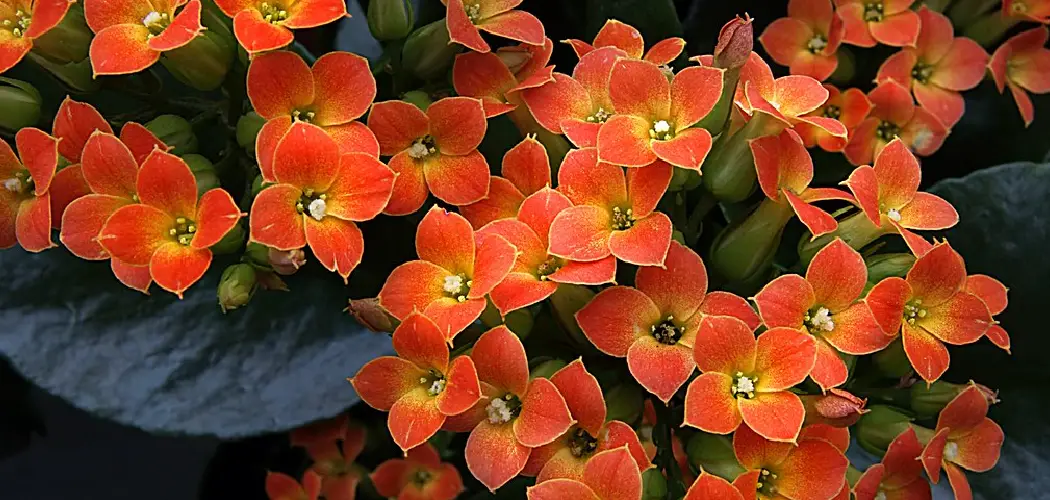he kalanchoe is a popular succulent known for its attractive and vibrant blooms, which can add a splash of color to any indoor space or garden. These small, star-shaped flowers come in a variety of shades, including pink, red, orange, and yellow, making the kalanchoe a favorite among plant enthusiasts. However, despite their beauty, kalanchoe plants sometimes fail to bloom, leading to frustration for their caretakers.
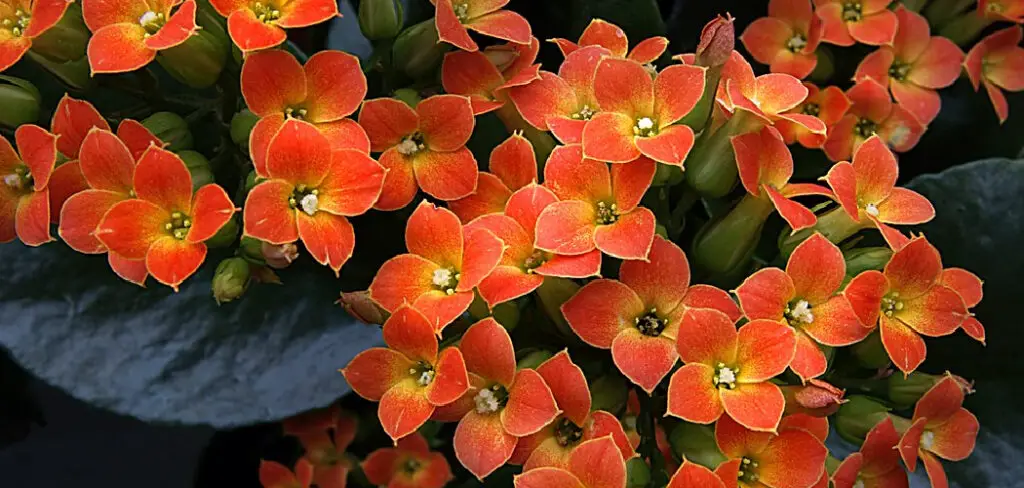
Common reasons for this lack of blooming include insufficient light, improper watering, and imbalanced fertilization. Additionally, the natural blooming cycle of the kalanchoe and its sensitivity to light exposure play significant roles in whether or not it will flower.
Understanding how to get a kalanchoe to bloom is essential to address these issues and achieve a flourishing plant. By providing optimal light conditions, maintaining proper watering routines, and ensuring the right environmental factors, you can encourage your kalanchoe to produce its gorgeous blossoms.
Understanding Kalanchoe’s Blooming Cycle
Natural Blooming Period
Kalanchoe plants typically bloom from late winter to early spring, presenting a vibrant spectacle as the seasons change. This blooming period is influenced by several factors, including the plant’s internal biological clock and external environmental conditions.
Temperature plays a significant role, with kalanchoe thriving in a range of 60-85°F (15-29°C). Additionally, the shift in daylight hours as winter transitions to spring helps trigger the flowering process. Adequate care during these periods, especially consistent light exposure and proper temperature management, can ensure your kalanchoe blooms at the right time and with maximum vibrancy.
Photoperiodism in Kalanchoe
Photoperiodism refers to the response of plants to the length of day and night, and it is a critical factor in the blooming process of kalanchoe. This succulent requires a specific light-dark cycle to initiate flowering. Typically, kalanchoe needs at least 14-16 hours of uninterrupted darkness each day for about six weeks to trigger blooms.

This simulates the short winter days and helps signal the plant to prepare for blooming. Proper management of light exposure and ensuring periods of darkness can effectively promote the development of flowers, making photoperiodism an essential aspect of how to get a kalanchoe to bloom.
Providing Optimal Light Conditions
Daylight Exposure
Bright, indirect sunlight is essential for a kalanchoe plant to thrive and produce vibrant blooms. This light exposure mimics the plant’s natural habitat and supports its overall health and flowering potential. Ideally, kalanchoe should receive around 6-8 hours of indirect sunlight daily. Too much direct sunlight can scorch the leaves, while inadequate light can hinder growth and flowering.
Indoors, place your kalanchoe near an east or west-facing window where it can bask in the morning or late afternoon sun without being subjected to harsh midday rays. A sheer curtain can help diffuse the light, giving the plant the perfect balance. Outdoors, position your kalanchoe in a spot where it will receive partial shade, especially during the hottest part of the day. This arrangement ensures it gets enough light without the risk of overheating.
Rotate the pot regularly to ensure even light distribution and prevent the plant from becoming lopsided. By carefully managing light exposure, you can create an ideal environment for your kalanchoe to grow robustly and bloom beautifully.
Controlling Darkness
In addition to proper daylight exposure, creating periods of uninterrupted darkness is crucial for inducing blooming in Kalanchoe. This plant requires at least 14-16 hours of complete darkness daily for around six weeks to stimulate the flowering process. This simulation of shorter winter days is vital for the plant’s blooming cycle.
To achieve this, you can cover the plant with a dark cloth or box at night, ensuring no light penetrates. Alternatively, place the plant in a completely dark room. Consistency is key—ensure this routine is followed daily to trigger blooming. After this period, you can resume normal light exposure to enjoy the kalanchoe’s beautiful blossoms.
How to Get a Kalanchoe to Bloom: Watering and Humidity
1.Watering Schedule
Maintaining a balanced watering routine is essential for kalanchoe plants’ healthy growth and blooming. These succulents prefer their soil to be kept moderately moist but never waterlogged. A good rule of thumb is to water the plant deeply but infrequently, allowing the soil to dry out completely between waterings.
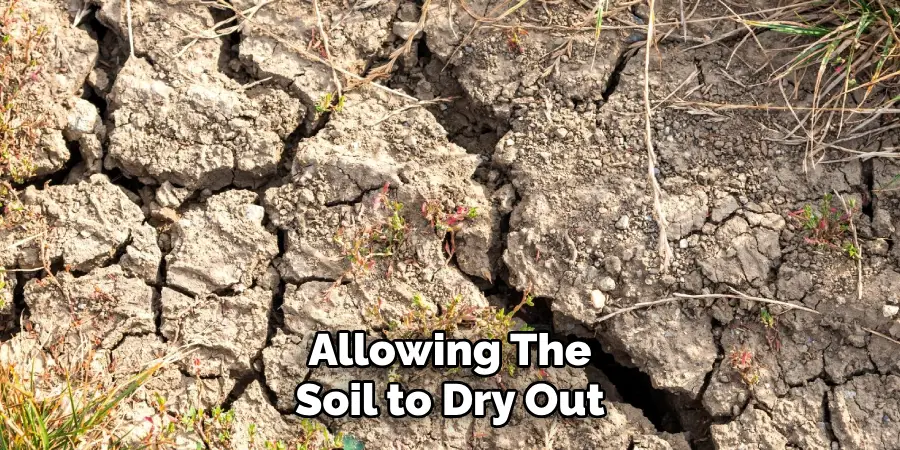
Typically, this means watering every two to three weeks, depending on the plant’s environment and the season. Overwatering can lead to root rot, detrimental to the plant’s health. To avoid this, use a well-draining potting mix and ensure the pot has drainage holes to prevent water from accumulating.
2.Humidity Levels
Kalanchoe plants thrive in average humidity conditions typically found in most homes. Ideally, they prefer humidity levels between 40-60%. In environments with low humidity, especially during winter when indoor heating can dry out the air, additional measures may be necessary to maintain optimal conditions.
A humidity tray filled with water and pebbles can help increase the local humidity around the plant. Alternatively, a room humidifier can be employed. Keeping the kalanchoe away from drafts and direct airflow from vents is also beneficial, which can further reduce humidity. These practices ensure the plant remains vibrant and healthy year-round.
Fertilization and Soil Requirements
Choosing the Right Fertilizer
Selecting the appropriate fertilizer is crucial for the health and blooming of your kalanchoe plant. Balanced fertilizers, which contain equal parts nitrogen (N), phosphorus (P), and potassium (K), are generally suitable, but a low-nitrogen fertilizer is particularly beneficial. Excessive nitrogen can promote leafy growth at the expense of flowers, so opt for a formulation where the phosphorus and potassium content is higher.
These two nutrients are key for flowering: phosphorus supports root and bud development, while potassium strengthens the plant’s overall structure and disease resistance. Apply the fertilizer at half the recommended strength every four to six weeks during the growing season, reducing frequency as winter approaches. This ensures your kalanchoe receives the necessary nutrients without the risk of over-fertilization.
Soil Conditions
The soil in which your kalanchoe is planted plays a fundamental role in its health and blooming capacity. Well-draining soil is essential to prevent waterlogging, which can lead to root rot and other issues detrimental to the plant. A cactus or succulent mix is ideal, as these are designed to drain quickly while retaining essential nutrients.

You can create your own mix by combining regular potting soil with sand or perlite in a roughly 2:1 ratio. Adding organic matter like compost can enhance soil fertility, providing a steady release of nutrients. Regularly check that your soil mix remains well-draining and amend as necessary to maintain optimal conditions. This careful attention to soil quality supports robust growth and beautiful blooms.
Pruning and Deadheading
Pruning Techniques
Pruning is a vital horticultural practice that promotes new growth and enhances the overall health of your kalanchoe plant. Regular pruning helps in maintaining the plant’s shape, controlling its size, and encouraging more robust flowering. To prune effectively without harming your kalanchoe, use a pair of sharp, sterilized scissors or pruning shears.
Begin by removing any dead or diseased leaves and stems, making clean cuts just above a leaf node. This stimulates new shoots to form. Additionally, trim back any leggy or overgrown branches to maintain a compact shape. Pruning during the growing season ensures the plant has ample time to recover and produce new blooms.
Deadheading Spent Blooms
Deadheading, or removing spent blooms, is crucial for encouraging the continuous production of new flowers in your kalanchoe plant. This process diverts the plant’s energy from seed production to developing new buds. To deadhead properly, gently pinch or cut off the faded flowers just above a healthy set of leaves or a lateral bud, taking care not to damage adjacent stems and foliage.
Regularly inspect the plant for spent blooms and perform deadheading throughout the flowering season. This simple practice not only keeps the kalanchoe looking tidy and vibrant but also extends the blooming period, ensuring a steady display of colorful flowers.
Pruning and Deadheading
Pruning Techniques
Pruning is a critical practice for promoting new growth and enhancing potential blooms in your kalanchoe plant. By regular pruning, you can maintain the plant’s shape, control its size, and stimulate healthier and more prolific flowering.
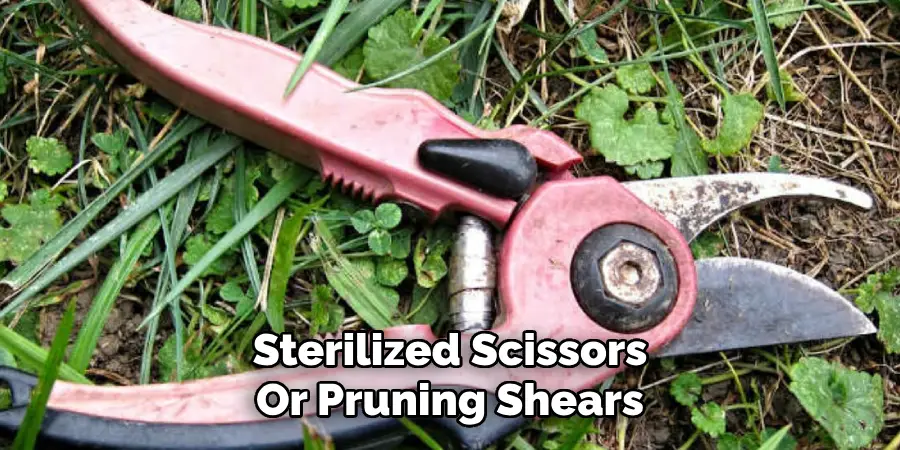
To prune effectively, equip yourself with a pair of sharp, sterilized scissors or pruning shears to prevent the spread of disease. Begin by trimming away any dead, diseased, or damaged leaves and stems, making clean cuts just above a leaf node or lateral bud. This encourages the development of new shoots and ensures the plant’s energy is directed towards flourishing growth. Pruning during the growing season allows the plant ample time to recover and produce vibrant new blooms.
Deadheading Spent Blooms
The process of deadheading or removing spent blooms is essential for encouraging the continuous production of new flowers in your kalanchoe plant. By doing so, you redirect the plant’s energy from seed production to developing fresh buds. To deadhead correctly, gently pinch or cut off the faded flowers just above a healthy set of leaves or lateral buds, taking care not to harm adjacent stems and foliage.
Regular plant inspection for spent blooms and consistent deadheading throughout the flowering season keep the kalanchoe tidy and vibrant. This simple yet effective practice extends the blooming period, ensuring a steady display of colorful flowers.
Temperature and Environmental Factors
Ideal Temperature Range
The ideal temperature range for kalanchoe plants is between 60 and 85°F (15-29°C). These temperatures provide the perfect environment for the plant to thrive and produce vibrant blooms. To maintain consistent temperatures, avoid placing your kalanchoe near windows that experience extreme temperature changes or drafts.
During cold weather, ensure the plant is kept away from frosty windows, and in hot weather, avoid direct exposure to midday sun, which can scorch its leaves. A room thermometer can help monitor and keep the temperature within the optimal range, ensuring a stable and conducive growing environment for your kalanchoe.
Ventilation and Airflow
Good airflow is crucial for the health of your kalanchoe plant, as it helps to prevent fungal issues and pest infestations. In indoor settings, place your kalanchoe in a well-ventilated area away from stagnant air zones but not directly in the path of air conditioning vents.

Consider using a small fan to improve air circulation if needed. For outdoor plants, ensure they are not crowded by other vegetation, allowing space for natural air movement. Proper ventilation reduces humidity around the plant’s foliage, thus minimizing the risk of fungal diseases and promoting a healthier, more resilient kalanchoe.
Troubleshooting Common Issues
Identifying Blooming Problems
A lack of blooms in your kalanchoe can be attributed to several common issues, including insufficient light and improper watering. These plants require bright, indirect light to flower prolifically; too little light can hinder their blooming cycle.
Overwatering or underwatering can stress the plant, leading to poor health and fewer flowers. Signs that your plant is stressed or unhealthy include yellowing leaves, wilted stems, or a general lack of vitality. Observing these indicators can help you diagnose the underlying problems and take corrective actions to restore your kalanchoe to its full, blooming potential.
Solutions and Adjustments
To address blooming issues in your kalanchoe, start by ensuring it receives adequate light—placing it near a bright, east or south-facing window can improve light exposure. Adjust your watering routine to maintain slight moisture in the soil without overwatering.
Allow the soil to dry out between waterings thoroughly, and use a well-draining mix. Additionally, consider feeding your plant with a balanced fertilizer during the growing season to enhance its nutritional intake. Patience and consistency are key; it may take some time for the plant to recover and resume blooming, but regular care will yield rewarding results.
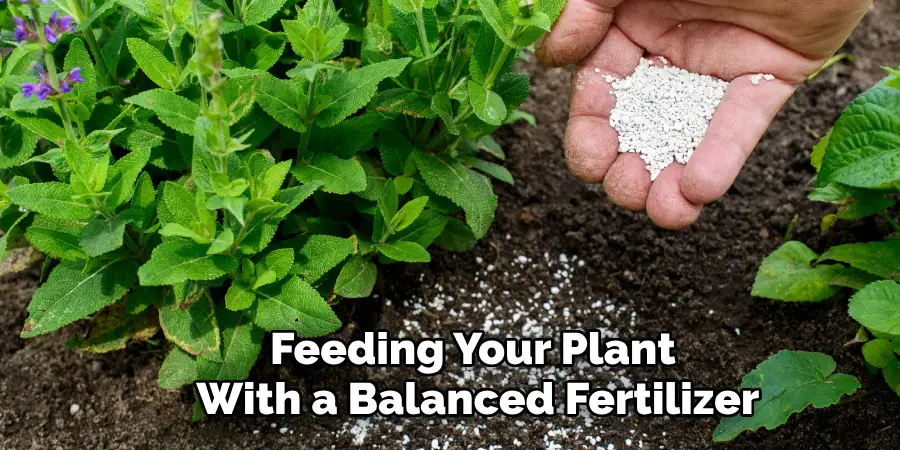
Conclusion
In summary, the key strategies to encourage kalanchoe blooming include regular deadheading and pruning, maintaining the ideal temperature range, and ensuring adequate ventilation. Monitoring watering practices to avoid overwatering or underwatering is essential, as is providing bright, indirect light.
You can ensure a healthy and vibrant plant by understanding how to get a kalanchoe to bloom effectively. Proper care and attention to environmental conditions are crucial for prolonging the blooming period. Follow these practices diligently, and you will be rewarded with a beautiful display of colorful flowers throughout the flowering season.
About
Outdoor Fixes is a distinguished figure in the world of Diy design, with a decade of expertise creating innovative and sustainable Diy solutions.
His professional focus lies in merging traditional craftsmanship with modern manufacturing techniques,
fostering designs that are both practical and environmentally conscious. As the author of diy,
outdoorfixes delves into the art and science of outdoorfixes-making, inspiring artisans and industry professionals alike.
Education RMIT University
(Melbourne, Australia) Associate Degree in Design (Outdoor Fixes) Focus on sustainable design, industry-driven projects,
and practical craftsmanship. Gained hands-on experience with traditional and digital manufacturing tools, such as CAD and CNC software.
Nottingham Trent University
(United Kingdom) Bachelor’s in outdoorfixes.com and Product Design (Honors) Specialized in product design with a focus on blending creativity with production
techniques. Participated in industry projects, working with companies like John Lewis and Vitsoe to gain real-world insights.
Publications and Impact
In diy, Outdoor Fixes his insights on indoor design processes, materials, and strategies for efficient production.
His writing bridges the gap between artisan knowledge and modern industry needs, making it a must-read for both budding designers and seasoned professionals.

